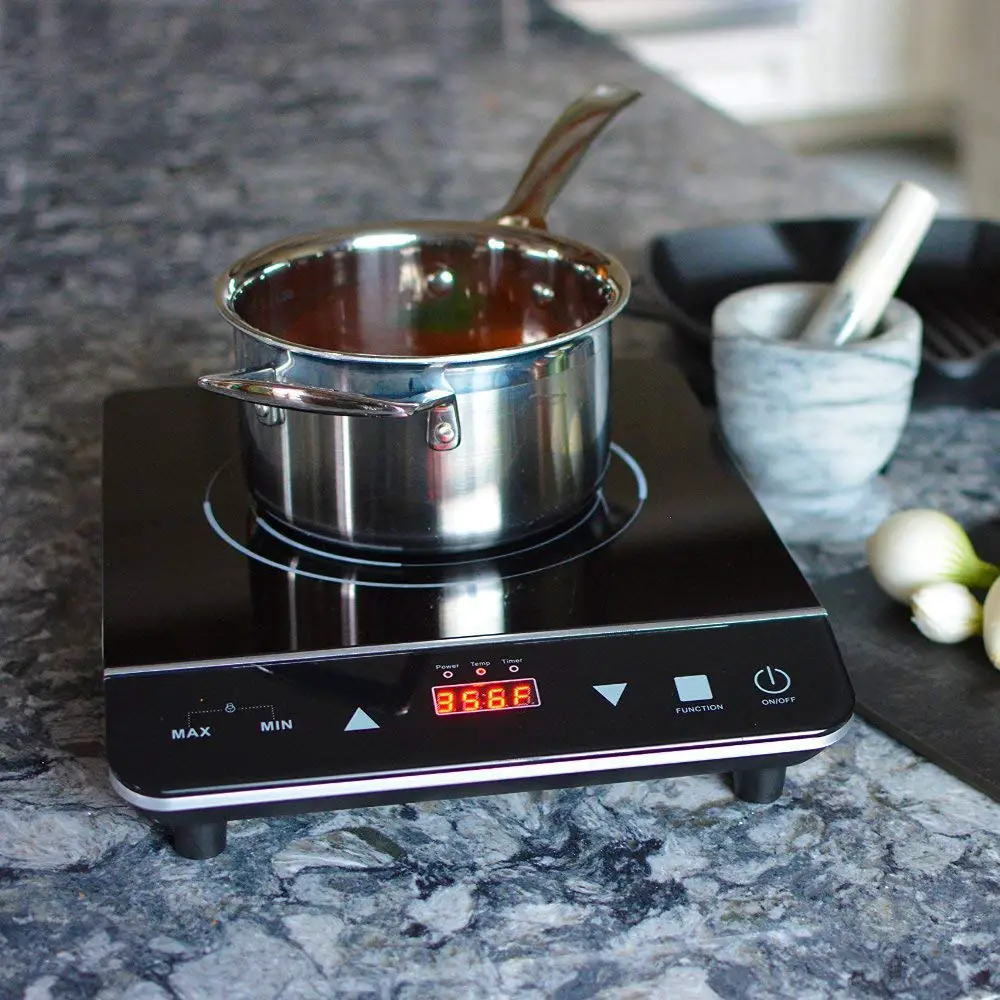How to Propagate Succulents: A Complete Guide
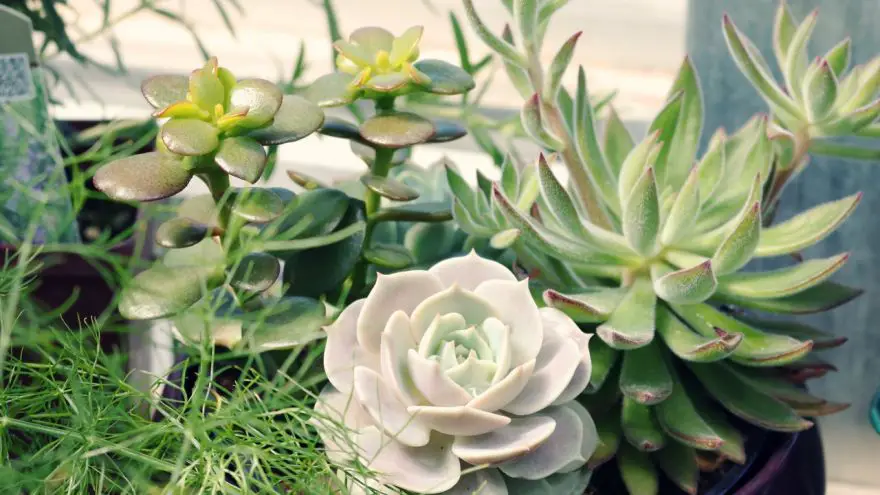 How to Propagate Succulents: A Complete Guide
thegearhunt.com
How to Propagate Succulents: A Complete Guide
thegearhunt.com
Nothing is better to a gardener than being able to get new plants for free. Succulents are plants that are much sought after, so it only stands to reason that being able to propagate them from cuttings and leaves is a quite popular thing for many gardeners to do. Aside from being free, it is very easy.
Succulents are hardy plants that many people use for their indoor gardens. They are particularly easy to grow and are tolerant even if you forget to water them for a few days. They are also easy to root for brand new plants by using the cuttings, leaves, offsets, and stems from other succulents. The tips you will read here today will show you how to propagate them to get countless other plants.
What Exactly is Succulent Propagation?
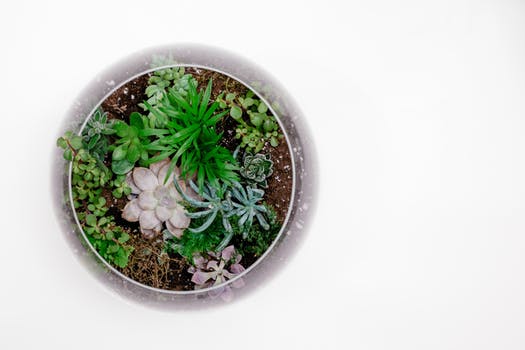 Propagating plants is the process by which new plants are created by the use of parts from an existing plant. Offsets, leaves, stem cuttings, and even seeds may be used to grow new plants using this technique.
Propagating plants is the process by which new plants are created by the use of parts from an existing plant. Offsets, leaves, stem cuttings, and even seeds may be used to grow new plants using this technique.
With only the right conditions and the right soil medium, you will be able to get small new plants from all sorts of parts of the plant you want more of.
For the propagation of succulents, the parts will typically be taken from one plant and started in soil. Sometimes, this process is done while the plant is still attached to its mother plant, like with the air layering of other plants that are quite large, but in general, the part most commonly used when it comes to propagating succulents is the leaves.
Free Plants
What is there that is not to like about this? This is especially true when it comes to succulents because some of them are quite expensive to purchase, even the smaller ones.
Each time I go to my local garden center, I take a few minutes to peruse their succulents. Some of them are classified as perennials, and those are more cost effective, but even then, it is common to spend $5 for TINY succulents in a container measuring 2’’. Why would you pay your hard-earned money for this when you can get all of the ones you want just by using some leaves or a cutting?
I have quite a few different types of succulents right in my garden that I have collected through the years. Some of them, like the hens and chicks, are hardy in colder weather and are able to be left outside in the colder months, but others will need to be brought inside or they will die when the weather turns cold.
All types of succulents are able to be propagated from their parts. The ones you bring indoors through the winter tend to get a bit leggy from conditions with low lights, so you can use them as stem cuttings. You can also take the leaves from most of the varieties.
At times, you will find succulents with tags that prohibit propagation. This is typically the case with varieties that have been hybridized and have actual patents for them. You can still propagate them, but you will not be able to sell them if you do.
When it comes to cuttings and leaves, the first step once you have harvested them is to allow the ends to air dry. They will rot if you put them into the soil too soon after cutting them. This is because they will attempt to absorb more water than they need because the moisture is stored in the leaves.
What if You Want to Grow Them in Water?
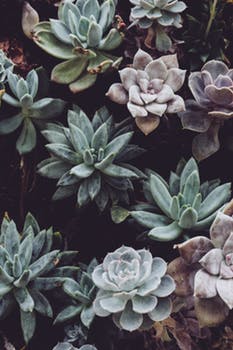 When it comes to other types of plants, stem cuttings can be rooted in only water. As far as succulents go, you might be able to do this, but most of the time it will not be successful. There are blogs out there that will show them rooting in just water, but because they store the moisture in their leaves, and since it can be easy to over water them, it only stands to reason that you will have more success by rooting them in the soil.
When it comes to other types of plants, stem cuttings can be rooted in only water. As far as succulents go, you might be able to do this, but most of the time it will not be successful. There are blogs out there that will show them rooting in just water, but because they store the moisture in their leaves, and since it can be easy to over water them, it only stands to reason that you will have more success by rooting them in the soil.
It has also been noted that even if you have success rooting them in water, those roots will behave in a manner that is different from how they would typically behave. Yes, it might be fun to attempt this, but I will stick with rooting them in the soil.
Callous the Leaf Ends
You will need to callous the leaf ends before you can plant them. The purpose of this is to keep the stem cuttings and leaves from rotting when you put them into the soil. Depending on the temperature, this might take as long as a week. Ensure that you get the entire leaf as opposed to simply breaking it in half so that your results in getting them to grow some roots will be better.
To do this, you can simply lay them in a seedling tray and allow them to dry.
What Kind of Soil do You Need?
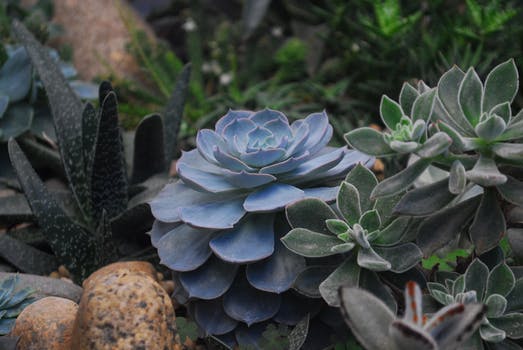 Once you have calloused the ends, they will be ready to put into the soil. A good type of soil for succulents is a potting soil that drains well. One particular type I like is Hoffman Organic Cactus and Succulent Soil. Alternatively, you can use a handful of perlite of sand mixed with normal potting soil. The type of soil you use is critical when it comes to promoting proper drainage and providing nutrients to cuttings while they grow.
Once you have calloused the ends, they will be ready to put into the soil. A good type of soil for succulents is a potting soil that drains well. One particular type I like is Hoffman Organic Cactus and Succulent Soil. Alternatively, you can use a handful of perlite of sand mixed with normal potting soil. The type of soil you use is critical when it comes to promoting proper drainage and providing nutrients to cuttings while they grow.
You can plant the cuttings and leaves in the same tray you dry them in. I tend to plant the cuttings along the outside of it while leaving the leaves in rows on the inside. Shallow plant trays work best. The root structure of succulents is quite small and if you use a container that is too deep, you might run into issues with overwatering.
Some people also use rooting powder, but it isn’t really a necessity. You can grow leaves that you stick into the soil, but they will also do just as well simply laying on top of it.
Watering Them
The leaves and stem cuttings on succulents will act just the same way that their parent plant acted. They are really resistant to drought and you need to take care of the amount of water you add to their tray.
Watering can be tricky. I tend to use the setting for fine mist on the nozzle of my hose sprayer to give them a very light mist every couple of days, or when the soil begins to dry out. The critical thing to remember is to go easy when it comes to watering them so that you don’t inadvertently cause the cuttings to rot.
Time Frame for Cuttings to begin Growing
Within a few weeks, your cuttings should have begun to grow. This is a sure sign that they have taken root. The leaves will begin to sprout small tiny succulents close to the ends that you allowed to callous over. These little babies will grow into full-sized plants in time and they will have a root system that is quite healthy.
Once the small plants have a root system that is good, it will be time to plant them in the pots you want them to live in. Clay pots are a good choice for succulents due to them being porous. This will help to keep the dirt from getting too moist.
Stem Cuttings from Succulents
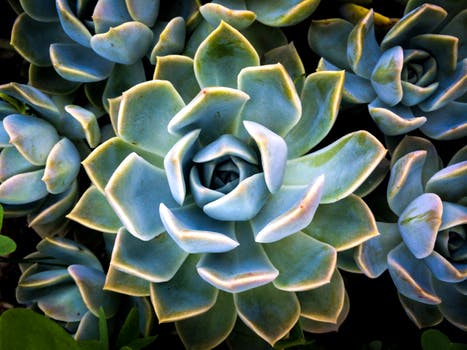 Most of my projects involving propagating succulents have been done using the leaves. However, you can also use stem cuttings for this.
Most of my projects involving propagating succulents have been done using the leaves. However, you can also use stem cuttings for this.
This will work really well when you have plants that have gotten a bit leggy from being kept indoors where they don’t get enough natural light during the colder months. The plants will reach toward the sun and instead of remaining compact and small, they will grow quite tall.
In cases such as this, you can cut the top part of the plant and allow it to callous over before planting it. It will grow new roots and the plants will be a healthy, normal size.
Planting Succulent Babies
When it comes to stem cuttings, I use clay pots that are rather shallow. For the leaf cuttings, I use small seedling trays. The largest of the baby plants got to a height of near 4’’ within a 3-week period, so they were able to go into their permanent homes rather quickly.
I used 3’’ seedling pots for the smaller cuttings that had rooted. I had saved these pots from when I purchased vegetable seedlings. They come quite in handy, so you might not want to throw them out. Pots like these are a good size for smaller plants and will give them a bit of growing room while not using too much soil.
If some of your cuttings haven’t reached the right size for planting yet, don’t worry, just give them a bit more time.
Propagating Succulents from Offsets
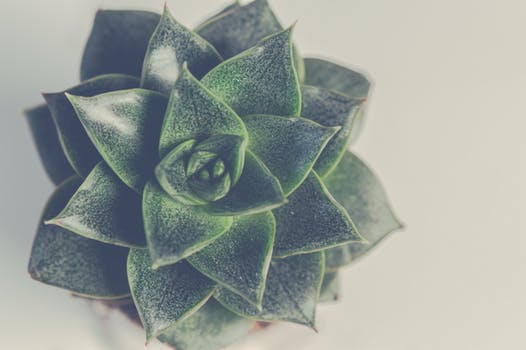 The tips given above discussed getting new tiny plants from the cuttings of stems and from using leaves that can be rooted into new cuttings. One other method of doing this is to use the offsets. In my experience, this is the quickest way to get some new plants.
The tips given above discussed getting new tiny plants from the cuttings of stems and from using leaves that can be rooted into new cuttings. One other method of doing this is to use the offsets. In my experience, this is the quickest way to get some new plants.
Often, offsets will already have started growing roots. All that you have to do is to separate the baby from its mother plant and then just put it into its own new container home. Water it lightly and the roots will begin to grow a bit more vigorously in its own soil and pot. Hens and chicks, along with stonecrop, and a few other types of succulents will send out offsets rather easily.
Planters
It can be amazing to find what sorts of planters will work for plants of this nature. Because they are small, they can be planted in spaces that are relatively small too. You can even use the holes in a brick to plant them! This will give you 3 baby plants in a single planter and it will cost you nothing but time.
Growing Your Succulents
I tend to put my seedling trays right on top of a planter stand on the deck garden that I have created on my patio. This makes them easy to mist every night until they really begin to grow. This is when they are still too tiny to put right in the garden.
You can use anything small for a planter. Small decorative watering cans, coffee mugs, and teacups are all useful things when it comes to planting the smaller succulents.
What I Used for Propagating Succulents
For my succulent propagating project, I used a couple of different types of succulents. Some of them included sempervivums, echeveria, and sedum. This gave me a nice large variety of plants to grow into new ones.
Planting Them Outside
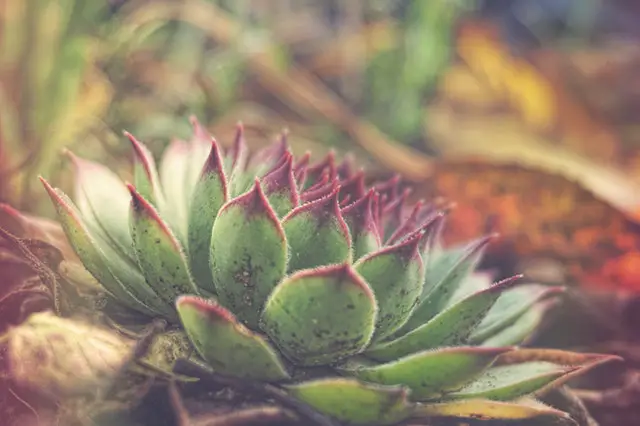 The small, rooted cutting I had were left to grow on the patio until they became large enough to be able to handle the normal conditions of a garden. The next thing I had to do was to plant them in my garden using a large planter made from a cement block so that they would be a feature in my garden bed that has a Southwest theme.
The small, rooted cutting I had were left to grow on the patio until they became large enough to be able to handle the normal conditions of a garden. The next thing I had to do was to plant them in my garden using a large planter made from a cement block so that they would be a feature in my garden bed that has a Southwest theme.
Some of the cement block openings will have smaller plant pots sunk right into the soil. This would be the varieties that are the most tender. The varieties that are hardier and will be able to survive the colder months outdoors will be planted right into the soil.
If you happen to be looking for a way that you can display all of your new plants that were made from propagation, there are quite a few DIY succulent planters that you can make for next to nothing. You can find the plans for them with just a quick Google search.
Propagating succulents is such an easy thing to do. You need to be careful and keep an eye on the water levels and be ready to wait for a couple of weeks for the plants to grow, but when you do this, you will end up with a good-sized amount of new plants that didn’t cost you anything but the cost of a bit of soil and some time. What a great, winning combination!
Sources
- You Tube, How to Propagate Succulents Like a Pro
- Succulents and Sunshine, How to Propagate Succulents from Leaves and Cuttings
- Leaf & Clay, 4 Basic Ways of Propagating Succulents
- Needles + Leaves, Propagating Succulents








